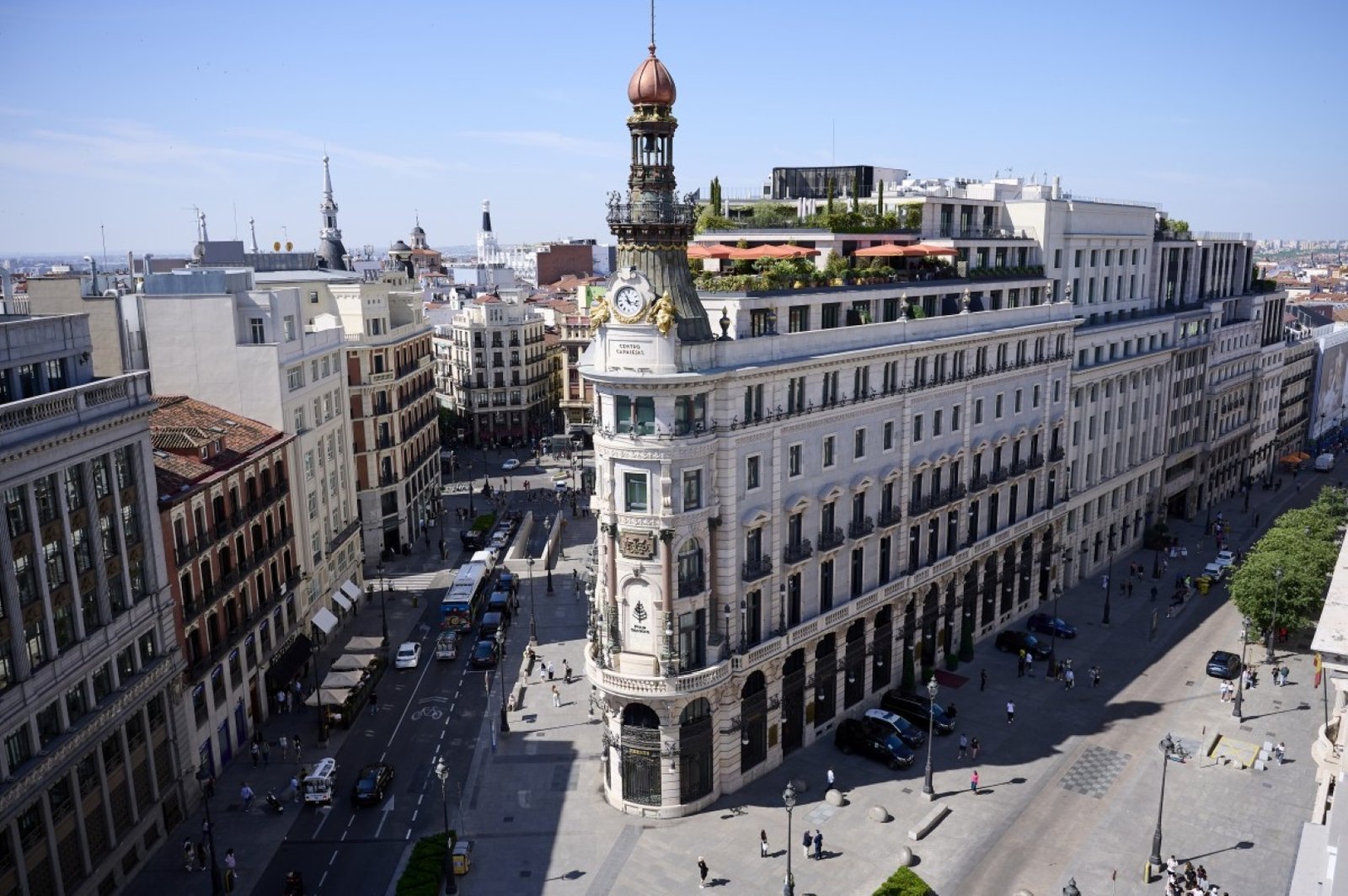- Madrid becomes Spain’s most expensive capital for property buyers
- Housing prices rise 11.7% nationwide, nearly 20% in Madrid
- Costa del Sol and Málaga continue strong double-digit growth
- Coastal and island regions outperform national averages
- Madrid districts show increases of up to 19.4%
- Tinsa data highlights demand at post-bubble highs despite low supply
- Investors continue to focus on Madrid and Costa del Sol markets
The Spanish property market continues to experience a powerful upward trend, and new data confirms a historic shift: Madrid has officially surpassed San Sebastián as the most expensive capital in Spain to buy a home. According to the latest housing report published by Tinsa, one of Spain’s leading valuation companies, the strong rise in prices in the Community of Madrid is reshaping national real estate dynamics, with important implications for both local and international investors including buyers focused on high-demand regions such as Costa del Sol and Málaga.
Madrid Overtakes San Sebastián as Prices Surge Almost 20%
In the third quarter, housing prices in Spain increased by 11.7% year-on-year, driven mainly by the extraordinary rise recorded in the Community of Madrid. Here, property values climbed nearly 20%, consolidating Madrid’s position as Spain’s most expensive capital.
- Madrid: €4,664 per m²
- San Sebastián: €4,554 per m²
- Barcelona: €4,156 per m²
- Palma de Mallorca: €3,351 per m²
- Bilbao: €2,971 per m²
At the other end of the spectrum, more affordable provincial capitals include:
- Zamora: €1,153 per m²
- Ciudad Real: €1,206 per m²
- Lugo: €1,226 per m²
These figures highlight not only Madrid’s rising dominance, but also the widening gap between major metropolitan areas and smaller interior cities.
A Real Increase Even After Accounting for Inflation
When adjusting for inflation, the housing market still shows a real growth rate of 8.6%, a clear sign that demand remains exceptionally strong. Quarter-to-quarter, home prices increased 3%, driven by a combination of:
- High demand at post-bubble peak levels
- Limited housing supply
- Steady employment performance
- Improved consumer confidence
- A reduction in mortgage costs
These conditions mirror trends seen in other high-growth regions such as Costa del Sol, where international buyers, remote workers, and investors continue to drive demand for properties in Málaga, Marbella, Estepona, and Benahavís.
Madrid and the Balearic Islands Now Above Pre-Bubble Values
Tinsa’s report reveals that Madrid and the Balearic Islands are the only Spanish regions where the nominal price of housing now exceeds levels recorded during the real estate boom of the 2000s.
However, after adjusting for inflation:
- The Balearic Islands remain 7% below their previous peak
- The Community of Madrid sits 21% below its inflation-adjusted maximum
Still, the 19.4% annual growth registered in Madrid — both in the capital and in the broader region — places it among the fastest-rising markets in Spain.
Strong Growth Across Coastal and Southern Provinces
The housing boom is not limited to Madrid. Several coastal areas and southern provinces are experiencing double-digit growth, which is particularly relevant for investors in Costa del Sol and the Málaga province.
Notable increases include:
- Valencia: +17.1%
- Alicante: +14%
- Murcia: +11.4%
- Santander: +13.1%
- Pontevedra: +10.2%
- A Coruña: +10.2%
- Palma de Mallorca: +14.2%
- Santa Cruz de Tenerife: +12.4%
And in Andalusia, the heart of Costa del Sol:
- Sevilla: +12.4%
- Granada: +11.6%
- Málaga: +11.3%
- Cádiz: +11.2%
With Málaga’s continued growth and strong foreign demand, this data reinforces Costa del Sol’s status as one of Spain’s most attractive real-estate markets for both lifestyle buyers and long-term investors.
Quarterly Trends and the Only Declining Province
Looking at quarterly changes, these regions became more than 4% more expensive compared to the previous quarter:
- Murcia
- Comunidad Valenciana
- Andalucía
- Comunidad de Madrid
Zamora was the only province where prices fell (-0.9%), indicating the uneven nature of the national housing market recovery.
Madrid Districts: Record Growth and Ultra-Premium Pricing
Across Madrid’s districts, annual growth ranged from 9.8% to 19.4%. The areas with increases above 15% include:
- Usera: 19.4%
- Ciudad Lineal: 17.3%
- Chamartín: 16.8%
- Moncloa-Aravaca: 15.7%
- Latina: 15.7%
- Puente de Vallecas: 15.4%
- Moratalaz: 15.4%
Meanwhile, the highest price levels — all above €5,000 per m² — were recorded in:
- Barrio de Salamanca: €7,112/m²
- Chamberí: €6,696/m²
- Chamartín: €6,073/m²
- Centro: €5,911/m²
- Retiro: €5,592/m²
Even the most affordable districts show rising pressure:
Puente de Vallecas (€2,518/m²) and Villaverde (€2,410/m²) recorded strong increases of 15.4% and 13.3% respectively.
What This Means for Buyers and Investors
he strong growth in Madrid, combined with double-digit increases across Costa del Sol, confirms Spain’s ongoing property momentum. For investors focused on regions like Málaga, Marbella, Estepona, and Benahavís, these trends reflect:
- Rising long-term property value
- Increasing rental demand
- Strong international buyer activity
- High potential for capital appreciation in premium coastal areas




